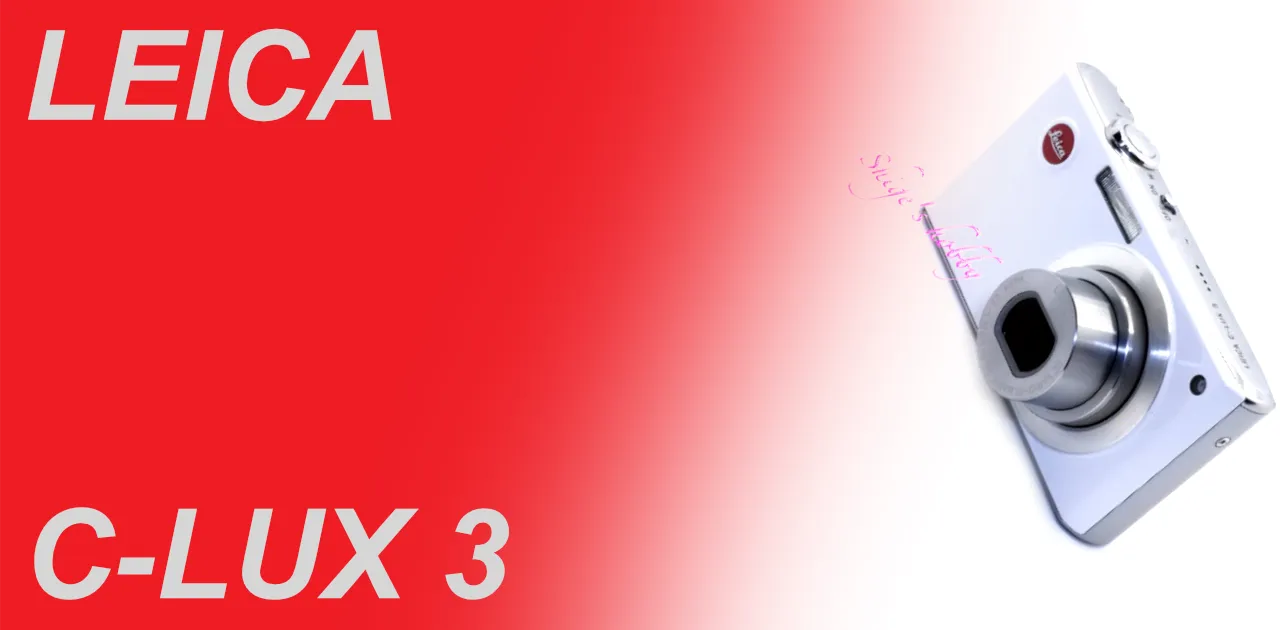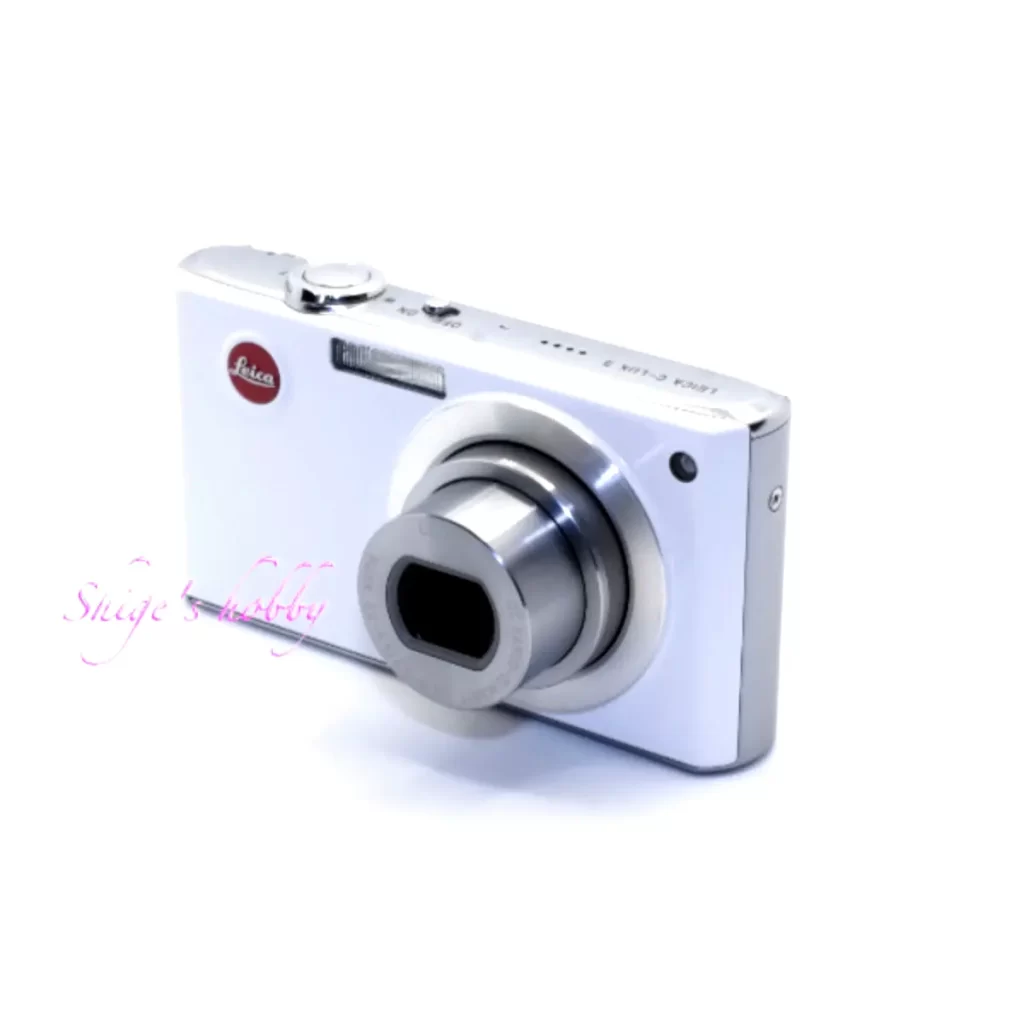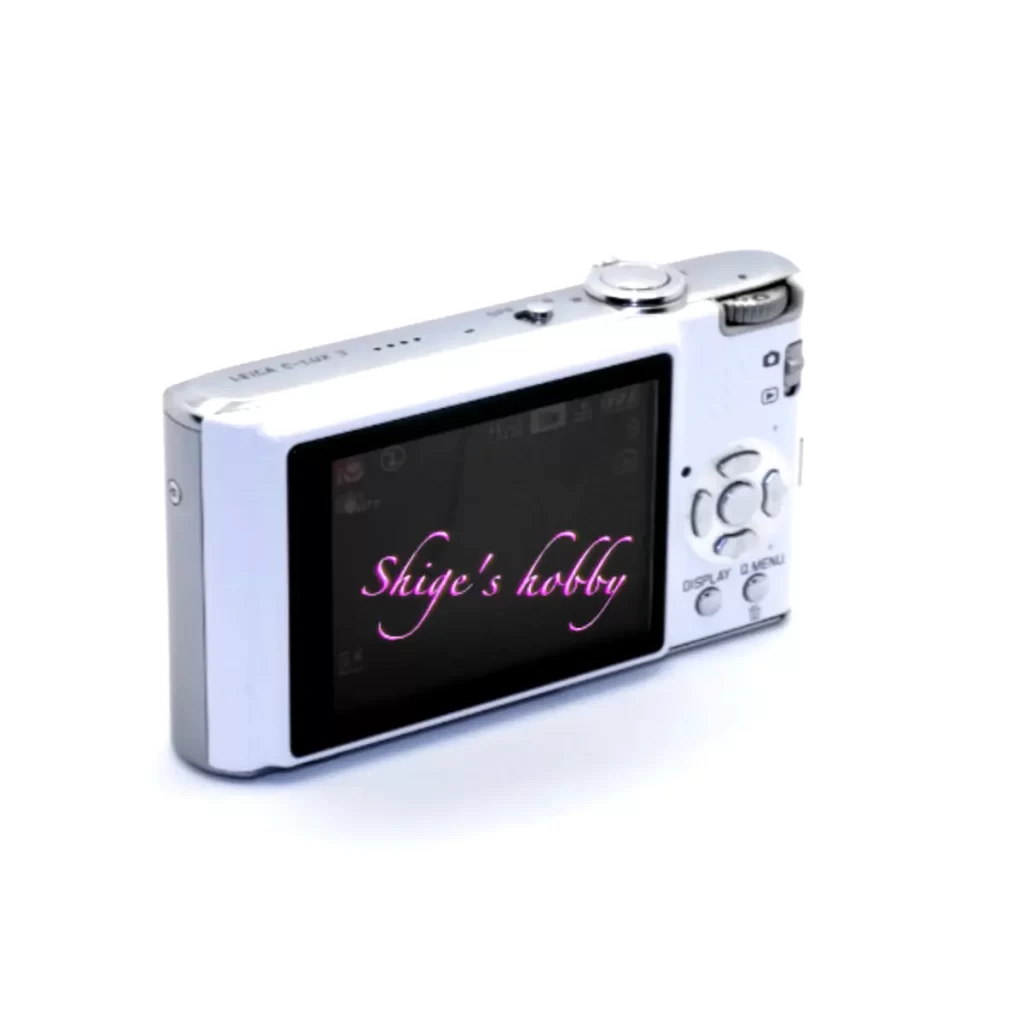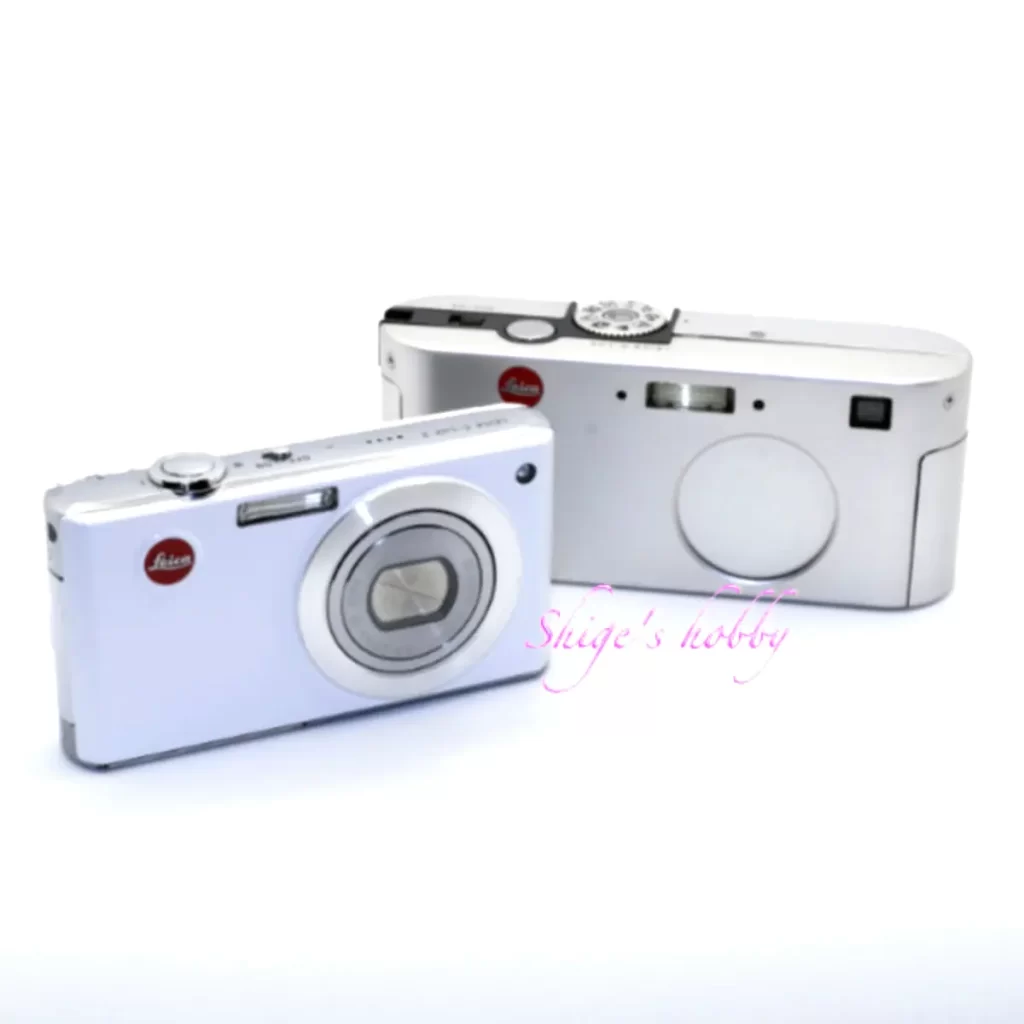LEICA C-LUX 3

A review and Photo example of the LEICA C-LUX 3.
Table of contents
Gallery
Review
C-LUX 3 is a Panasonic OEM compact digital camera released by Leica. The original camera is LUMIX DMC-FX37.
The Leica C compact camera series has a simple appearance without the slightly conspicuous design points of the original Panasonic, and the usual red badge emphasizes the presence of LEICA. The glossy white body used in this model looks very stylish.
The C-LUX 3 has a wider shooting range than its predecessor, the C-LUX2, with a wide-angle end of 25mm and a telephoto end of 125mm, which is sufficient for a compact camera. The shooting distance is 1cm to ∞ on the wide-angle side and 1m to ∞ on the telephoto side, making it suitable for table photos such as food.
Another advantage of the C-LUX series is that it has a thinner and more compact body than the D-LUX series.
I have used the successor model LEICA C, but for general snapshots, it is almost impossible to zoom in to 200mm, and even if you rely on image stabilization, the slightest letdown will result in a blurry photo, so I use the telephoto end for practical use. There weren’t many things. Although it is a small-sensor digital camera, it has 10 million pixels, so it can take photos comparable to an average smartphone.
The thin body is equipped with the thin battery BP-DC6 adopted from the C-LUX2, making it easy to fit in your pocket. This battery BP-DC6 has different model numbers and is used in many models, so we are thankful that there are many compatible products on the market.
The SD card lock tab on this camera may get caught in the card slot. If this gets stuck, the SD card will not come out. In that case, instead of trying to force it out, fold a thin, strong piece of paper into an L-shape or a U-shape, insert it into the gap between the card slot and the SD card, and cover the locking claw with the paper to remove it.
This symptom is also encountered with C-LUX3.
It seems that all Panasonic digital cameras of this era come with this problem. The SD card slot is a unit, and the card cannot be removed simply by disassembling the camera. I believe that the method of inserting the card into the gap described above is effective for removing the card.
I cover the locking claws of my SD cards with thin but durable mending tape to prevent them from getting caught.



Specification
| Items | Value | Note |
| Effective pixels | 10.1-Megapixels | |
| Lens | Leica DC VARIO-ELMARIT 1:2.8-5.9 /4.4-22 ASPH. | 35mm equivalent: 25 to 125mm |
| 撮像素子 | 1/2.33 CCD sensor | |
| Finder | none | |
| Back LCD | 2.5 type | |
| Memory-card | SDHC Card | Supports up to 32GB |
| Battery | BP-DC6 | Compatible Battery RICOH DB-70 *1 Panasonic DMW-BCE10E *1 |
| Size(mm) | Width x Height x Depth 95.8 ×51.9 ×24 | |
| Weight(g) | 147 (Include battery and SD-card) |
- Model history
| Model name | C-LUX 1 | C-LUX 2 | C-LUX 3 | LEICA C typ1122 | C-LUX typ1546 |
| focal length | 28-102 | 28-102 | 25-125 | 28-200 | 24-360 |
| Pixels | 6.37 | 7.2 | 10.1 | 12.1 | 10.1 |
| Sensor | 1/2.5 | 1/2.5 | 1/2.33 | 1/1.7 | 1inch |
| Finder | なし | なし | なし | 内蔵EVF | 内蔵EVF |
| Back LCD | 2.5 | 2.5 | 2.5 | 3.0 | 3.0 |
| Battery | BP-DC4 | BP-DC6 | BP-DC6 | BP-DC14 | BP-DC15 |
| Memory-card | SD | SDHC | SDHC | SDXC | SDXC |
| Release year | 2006 | 2007 | 2008 | 2013 | 2018 |
| Colorカラー | Silver Black | White Black | White Black | Dark red Gold | Navy Gold |
| OEM Model | DMC-FX01 | DMC-FX30 | DMC-FX37 | LF1 | TX2 |
Option
- leather case
Reference links
Update history
- 2024.04.03
- 2023.05.16
Affiliate links
- Leica Lens・Ads by Amazon
- Leica Books・Ads by Amazon
- LEICA R used lens・Ads by Rakuten

Leave a Reply